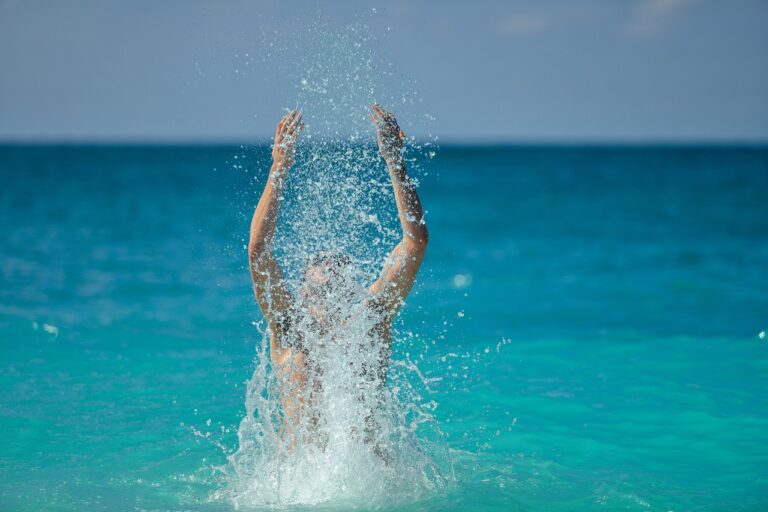Adventure Travel Sailing Adventures: Navigating Seas and Exploring Remote Islands
Embarking on a sailing adventure opens up a world of endless possibilities and exhilarating experiences. The ocean becomes your playground, offering a sense of freedom and discovery that is unmatched by any other mode of travel. As the wind fills the sails and propels the boat forward, you are at the mercy of the elements, creating a thrilling sense of connection with nature.
Exploring the world by sailboat allows you to immerse yourself in the beauty and serenity of remote destinations that are inaccessible by land. From secluded coves with crystal-clear waters to bustling seaside towns steeped in history, each day brings a new adventure waiting to be discovered. The rhythm of life at sea, dictated by the rise and fall of the tides, instills a sense of calm and mindfulness that is rare to find in our fast-paced modern world.
• Sailing offers a unique way to connect with nature and experience the elements firsthand
• Remote destinations only accessible by boat provide a sense of exclusivity and adventure
• The rhythm of life at sea promotes mindfulness and relaxation in a fast-paced world
Choosing the Right Sailboat for Your Adventure
When setting out on a sailing adventure, selecting the right sailboat is crucial for a successful and enjoyable journey. There are various factors to consider when choosing a sailboat that suits your needs and preferences. Firstly, determine the size of the sailboat based on the number of people onboard and the duration of your trip. A larger sailboat may be more comfortable for extended voyages with a group, while a smaller vessel could be more maneuverable for solo or couple’s expeditions.
Additionally, consider the type of sailing you plan to do as this will influence the design of the sailboat you choose. For instance, if you are interested in offshore cruising, a sturdy, ocean-going sailboat with ample storage and strong construction is essential. On the other hand, if coastal sailing is more your style, a lighter and faster sailboat may be preferable for exploring shallow waters and navigating in and out of harbors easily. Balancing your preferences with practical considerations will help you find the ideal sailboat for your sailing adventure.
Essential Navigation Skills for Sailing Adventures
When embarking on a sailing adventure, having essential navigation skills is crucial for a safe and successful journey. One of the fundamental navigation skills to master is understanding how to read nautical charts. These detailed maps provide important information such as water depths, obstructions, and aids to navigation, allowing sailors to plot their course effectively and avoid potential hazards along the way.
Another key navigation skill for sailing adventures is the ability to use a compass. A compass is a reliable tool for determining direction even when electronic navigation devices may fail. By understanding how to read a compass and interpret headings, sailors can maintain their course and stay on track throughout their voyage. Mastering these essential navigation skills will not only enhance the sailing experience but also ensure a smooth and enjoyable journey on the open seas.
Why is sailing considered a thrilling way to explore the world?
Sailing allows you to access remote and secluded destinations that are not easily reachable by other means of transportation. It offers a unique perspective of the world and allows for a true sense of freedom and adventure.
How do I choose the right sailboat for my sailing adventure?
When choosing a sailboat for your adventure, consider factors such as the size of the boat, the number of people on board, the type of sailing you will be doing, and your budget. It’s important to find a sailboat that suits your needs and preferences.
What are some essential navigation skills for sailing adventures?
Essential navigation skills for sailing adventures include understanding how to read nautical charts, using a compass and GPS for navigation, understanding navigational markers and buoys, and knowing how to plot a course using navigational tools. It’s also important to be able to interpret weather patterns and tides for safe sailing.







